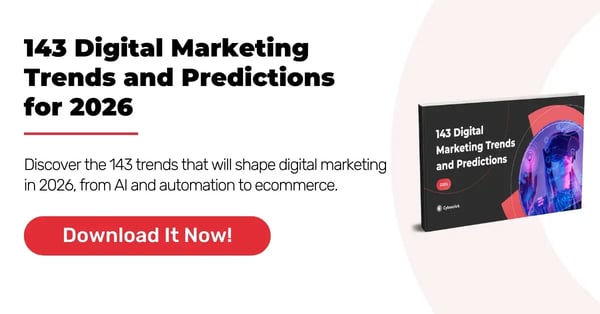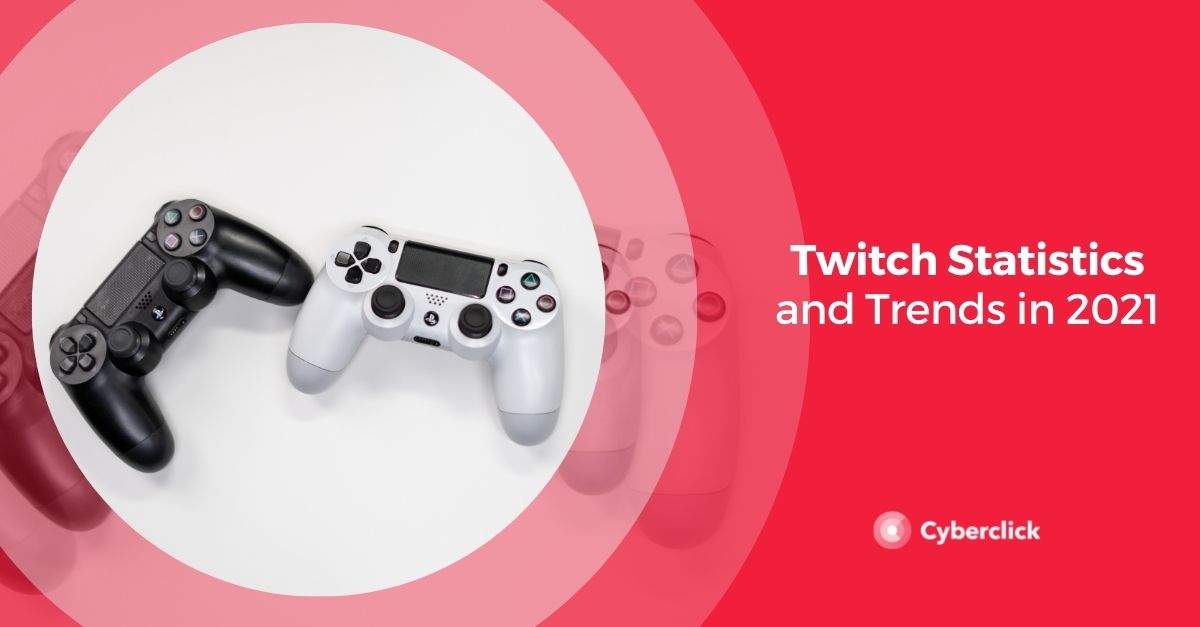Netflix has become one of the largest sources of entertainment for consumers today and although this platform doesn't currently offer advertising slots, it is expected to experiment with adding a lower-priced, ads-supported plan option to its offerings.
In this article, we'll review how product placement on Netflix currently works and the future of advertising on Netflix.
Product Placement on Netflix
Currently, Netflix offers a large catalog of movies, series, and programs free of traditional advertising. So, how does advertising work on this platform? It happens in the form of product placement where certain products or brands appear in its shows or movies. Viewers often respond indifferently or even positively to this, since it does not interrupt their TV experience.
Product placement on Netflix is a very popular option. Some series, like those that take place in the past, are not suitable for product placement, which makes the price of being featured in a series even higher.
Types of Product Placement
Overall, there are 4 main types of product placement.
-
Verbal Placement: The product is named, but the actors do not interact with it.
-
Passive Placement: The product is part of the background set of the series, but nobody uses it or names it.
-
Active Placement: The characters interact with the product.
-
Hyperactive Placement: The characters interact with the product and make explicit references to it.
Examples of Product Placement in Netflix Shows
Let's look at several Netflix series to better understand the presence of brands on this platform.
1. Sense 8
Sense 8 is an American science fiction series in which 8 strangers from different parts of the world discover that they have a special connection and must work together to discover what is behind it.
When it comes to product placement, the following can be found:
-
The brand with the largest presence is HP (8 placements), followed by Porsche and Apple.
-
Car, computer, and beverage brands also appear frequently in the show.
-
There is passive, active, and verbal placement.
2. Love
This American romantic comedy explores male and female perspectives on relationships through Gus and Mickey, two very different people who meet by chance and start a relationship.
Here are the takeaways in regard to product placement:
-
There are a total of 79 product appearances in the 6 episodes that were analyzed.
-
The most widely commonly seen brand is Apple, which appears 18 times, followed by Samsung (5 appearances). The presence of Honda, Red Bull, Converse, Nike, and Adidas is also worth noting.
3. Sex Education
This British series centers on Otis, a 16-year-old boy whose mother is a sex therapist. With the help of a friend, he begins to offer his own, secret therapy sessions to students throughout his school who are struggling with love and relationships.
Within the episodes analyzed, the following product placement can be seen:
-
The most mentioned brand is Casio (watches), followed by Apple. Asos and Nike also appear.
-
All the product placement is active, meaning that the actors interact with the products.
4. Money Heist (Casa de Papel)
This very successful series that originated in Spain is about a group of people who decide to rob the Spanish Treasury under the orders of a certain "Professor." Their different backgrounds and plots highlight some of the problems in today's society.
When it comes to product placement in this series, the following was found:
-
In total, there were 50 placements within the 6 episodes that were analyzed.
-
The most present brand is Estrella Galicia beer, with 13 mentions. It is followed by BQ and Lenovo.
-
There are active, passive, and verbal locations.
5. Stranger Things
This American show takes place in Indiana in the 1980s. After a young boy gets kidnapped, a group of friends searches for answers to his disappearance. Along the way, they have to contend with mysterious supernatural forces.
This show adapted its product placement to the '80s theme of the show. This meant that brands created variations of their products to match the time period.
-
Of the brands featured, Coca-Cola and Cadillac were shown the most.
-
The third season of this show had approximately 9 minutes of product placement per episode.
-
Other prominently featured brands were Kellogg's, Coca-Cola, Adidas, and 7-Eleven.
6. Emily in Paris
This series follows a young marketing executive from Chicago who moves to France for work. As she navigates through cultural differences and more, she promotes luxury brands and global companies through her job.
This show often features high-end fashion and lifestyle brands that align with its glamorous setting. Some brands are directly part of the plot, while others appear more subtly in the background.
-
In Emily in Paris Season 3, Emily works on a marketing campaign for McDonald's, promoting the brand's gourmet menu in France. The campaign focused on elevating McDonald's image by highlighting upscale ingredients and Parisian dining culture while still maintaining its fast-food appeal.
-
Chanel, Cartier, L'Oréal, Apple, and Piaget are also shown in the series.
7. Queer Eye
Queer Eye is an American reality show that follows a team of five lifestyle experts as they help individuals improve their fashion, grooming, home decor, and overall well-being. Each episode features a heartfelt transformation, with the Fab Five using their expertise to uplift and inspire their guests.
This show often integrates product placement into its makeover process. Many of these brands are presented as tools to help participants improve their daily lives.
- Of the brands featured, Lexus was shown the most since it is an official sponsor. Thus, the Fab Five frequently drive Lexus vehicles throughout the series.
- The Container Store was frequently showcased as well, especially in Bobby Berk’s home organization makeovers.
- Jonathan Van Ness frequently uses and recommends brands such as Kristin Ess, Ouai, and Dove in his segments, offering hair and skincare advice.
The Effectiveness of Product Placement on Netflix
As audiences increasingly embrace streaming, the potential impact of product placement continues to grow. When done well, it can integrate brands into the narrative of a show, creating a natural and non-disruptive viewing experience.
Moreover, product placement often has a high level of recall, given the immersive nature of content on Netflix. That said, its effectiveness is contingent on several factors, including relevance, integration, and alignment with the target audience's demographics and preferences.
The Future of Advertising on Netflix
In July 2024, Netflix began phasing out its cheapest ad-free subscription plan in certain markets, including the United States and France, encouraging users to transition to either the ad-supported plan or more premium ad-free options. This strategy reflects Netflix's shift towards integrating advertising into its platform to offer diverse pricing models and expand its revenue streams.
As of February 2025, Netflix's ad-supported tier, "Basic with Ads," has experienced substantial growth. To support this expansion, Netflix is developing an in-house advertising technology platform, currently operational in Canada, with plans for a global rollout throughout 2025. This initiative aims to improve forecasting capabilities, targeting, reporting, measurement, and insights for advertisers.
In summary, Netflix's strategic shift towards an ad-supported model, coupled with technological advancements and diversified content offerings, positions the platform for continued growth in both subscriber base and advertising revenue in the coming years.
What movie has the most product placements?
"Josie and the Pussycats" (2001) holds the record for the most product placements in a film, featuring 109 distinct brands. The movie humorously critiques consumerism by integrating numerous products, including Sega, Motorola, and Starbucks.
What was the biggest success a product placement had in a movie?
One of the most successful instances of product placement occurred in "E.T. the Extra-Terrestrial" (1982). Hershey's Reese's Pieces were featured prominently in this movie. Following the film's release, sales of Reese's Pieces reportedly increased by 65% within two weeks. This success was particularly notable considering Mars Inc., the maker of M&M's, had declined the opportunity.
What was the first movie to use product placement?
The first movie to feature paid product placement was "The Adventures of Robin Hood" (1938). In this film, Warner Bros. integrated a cigarette company brand into the scenes, marking the beginning of modern product placement in cinema.
Who pays who for product placement in movies and series?
In film product placement, companies typically pay filmmakers to feature their products in movies or TV shows. This arrangement provides financial support for productions while offering brand exposure to audiences.
What are the rules of product placement?
Product placement allows brands to appear in media content, but it’s regulated. In the UK, for instance, placements are banned in news, kids' shows, and certain other programs. They must be editorially justified with clear on-screen disclosure. Restrictions apply to certain products.
Key Account Manager Engineer en Cyberclick. Experto en desarrollo de aplicaciones web e integraciones entre sistemas con más de 10 años de experiencia. Cuenta con una licenciatura en Matemáticas, Ciclo Formativo de Grado Superior en Desarrollo de Aplicaciones Informáticas y Ciclo Formativo de Grado Superior en Desarrollo de Aplicaciones Multiplataforma.
Key Account Manager Engineer at Cyberclick. Expert in web application development and system integrations with over 10 years of experience. He holds a degree in Mathematics, a Higher Degree in Computer Application Development, and a Higher Degree in Multiplatform Application Development.







Leave your comment and join the conversation